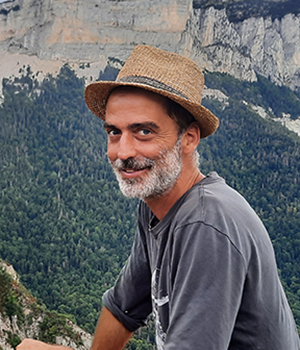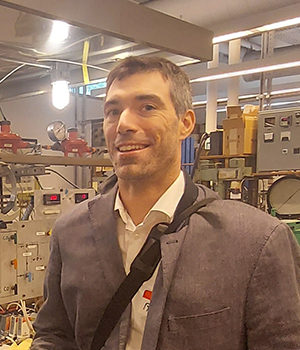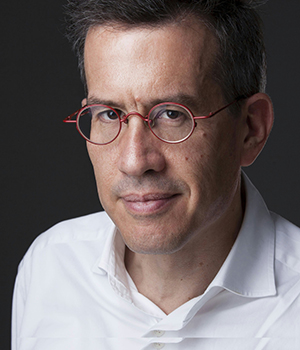Metal transfer is an essential component of metal concentration and mineral deposit formation processes. It is carried through a fluid phase mobilized along variable crustal trajectories, from a “source” environment to a “trap” environment. The nature of the fluids (magmatic, hydrothermal, even intermediate, metamorphic, diagenetic, organic, etc.) and the modalities of their mobilization (tectonic, thermal, floatability, etc.) are the subject of active research with direct implications for mineral exploration. Several recent observations point to the role of the same transcrustal structures in the transfer of fluids of very different natures and ages, indicating the preservation of permeability during successive tectonic regimes. For exploration, this suggests that certain concepts, methods and strategies can be exported from one substance to another, from gold to lithium for instance. In the Superior Craton, the recognition of such persistent drains, their nature and evolution, is complex and of considerable impact for regional prospectivity. This session will present recent discoveries, observations and case studies dealing with these themes.
This session will be offered in French and in English.





